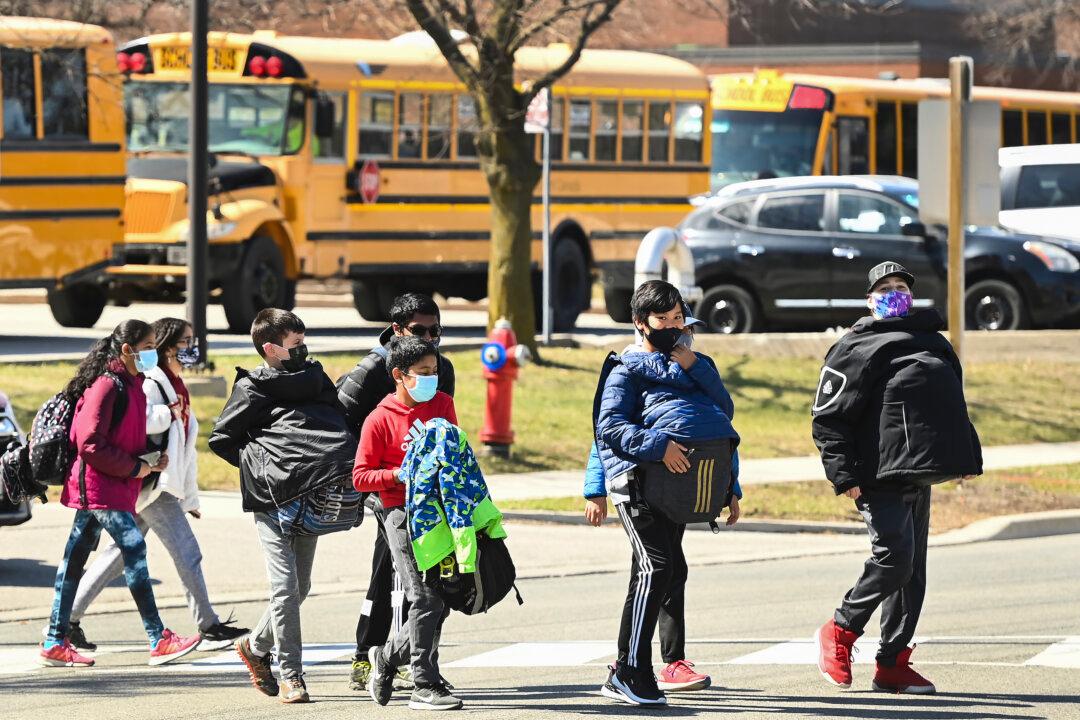Fourth- and eighth-graders had the largest-ever decline in math this year in nearly every state, according to a national educational assessment, drawing warnings from White House officials.
Across the country, math scores saw their largest decreases ever. Reading scores dropped to 1992 levels. Nearly four in 10 eighth graders failed to grasp basic math concepts. Not a single state saw a notable improvement in their average test scores, with some simply treading water at best.





